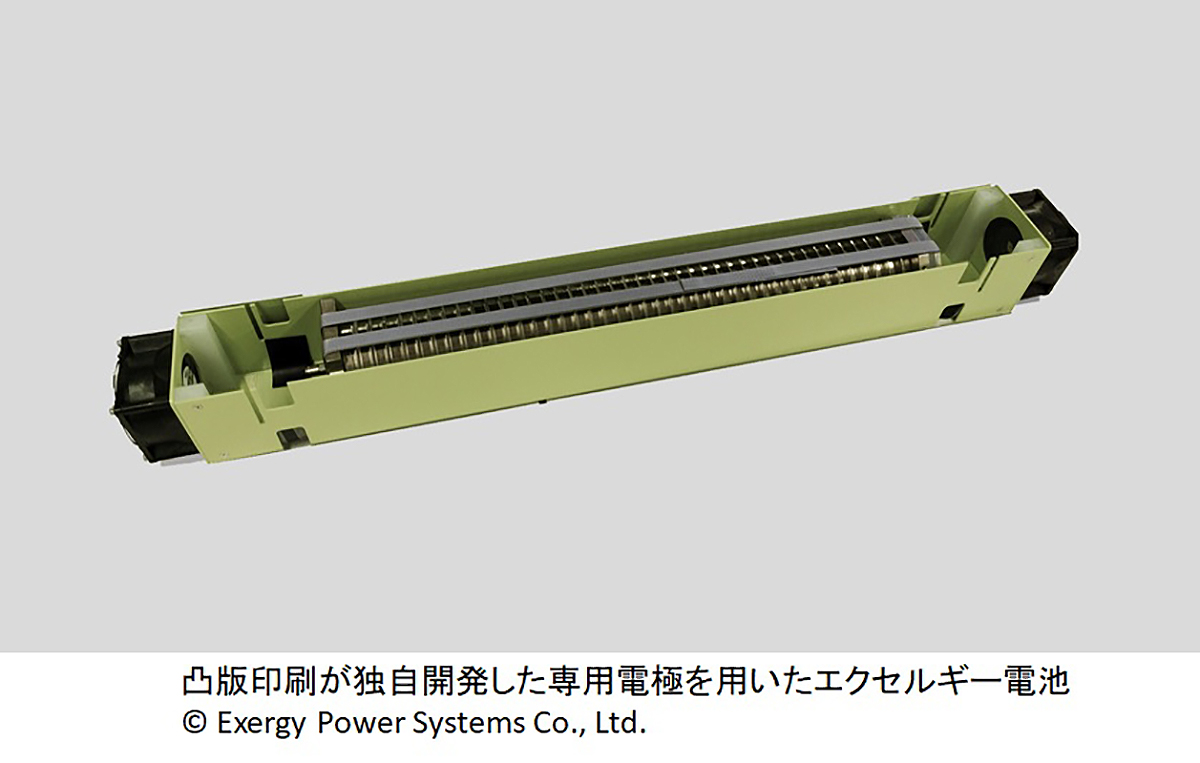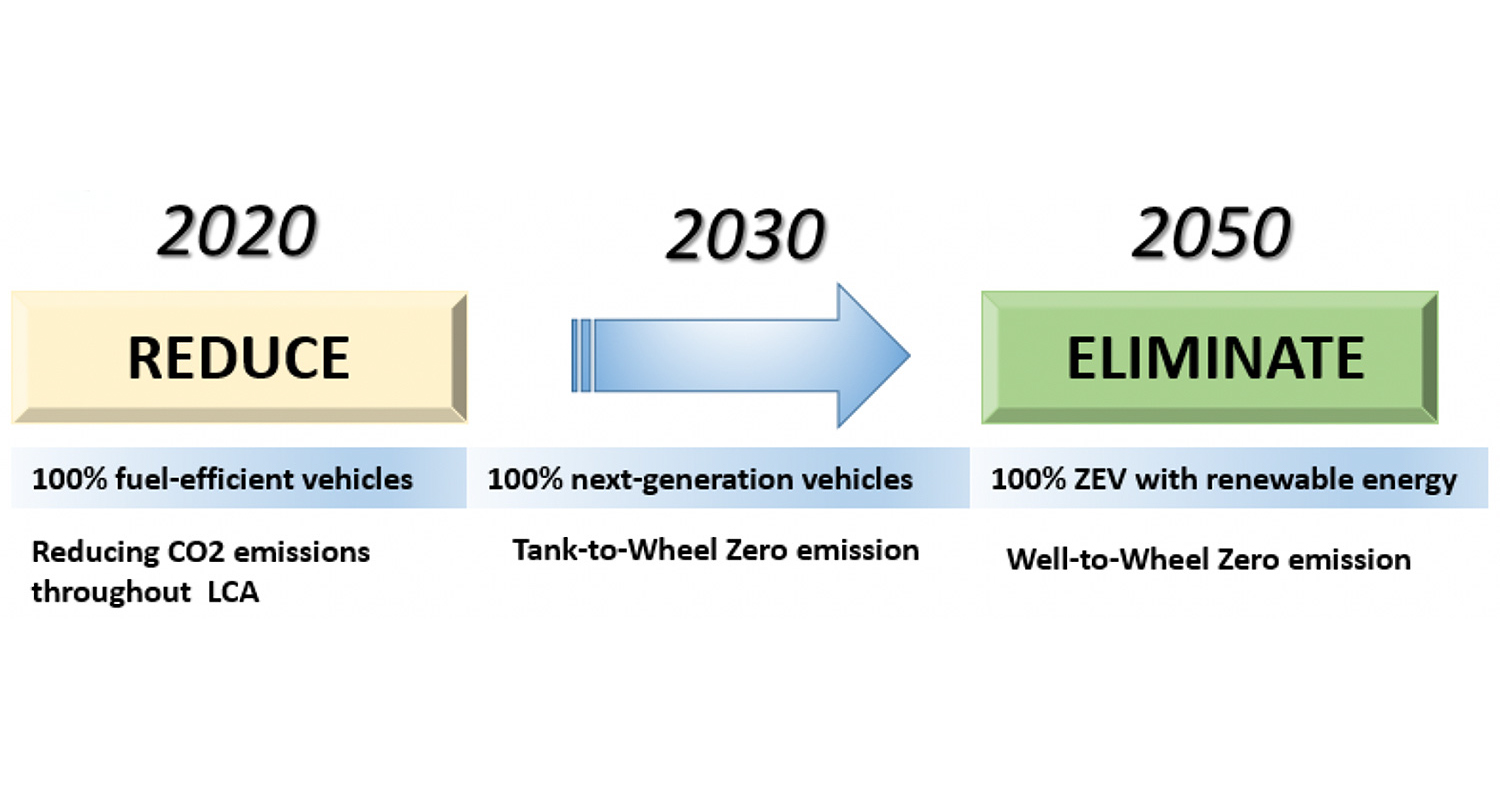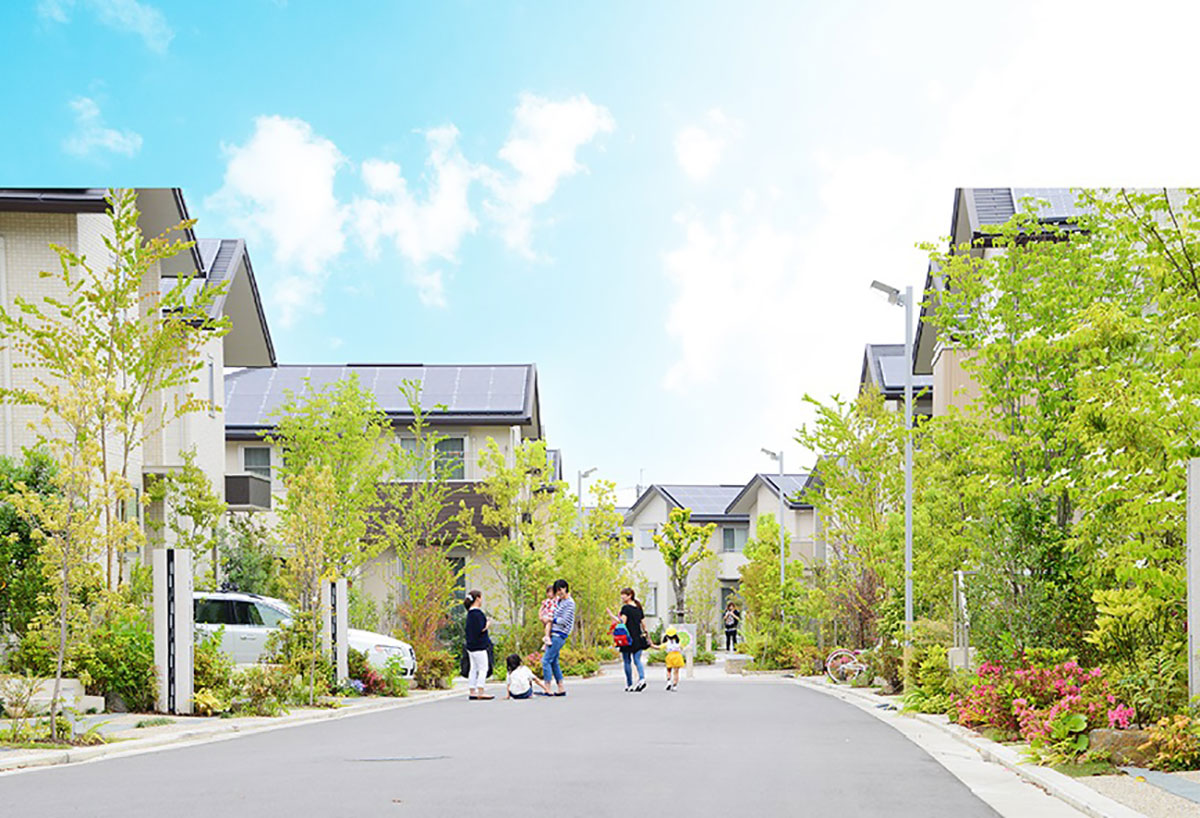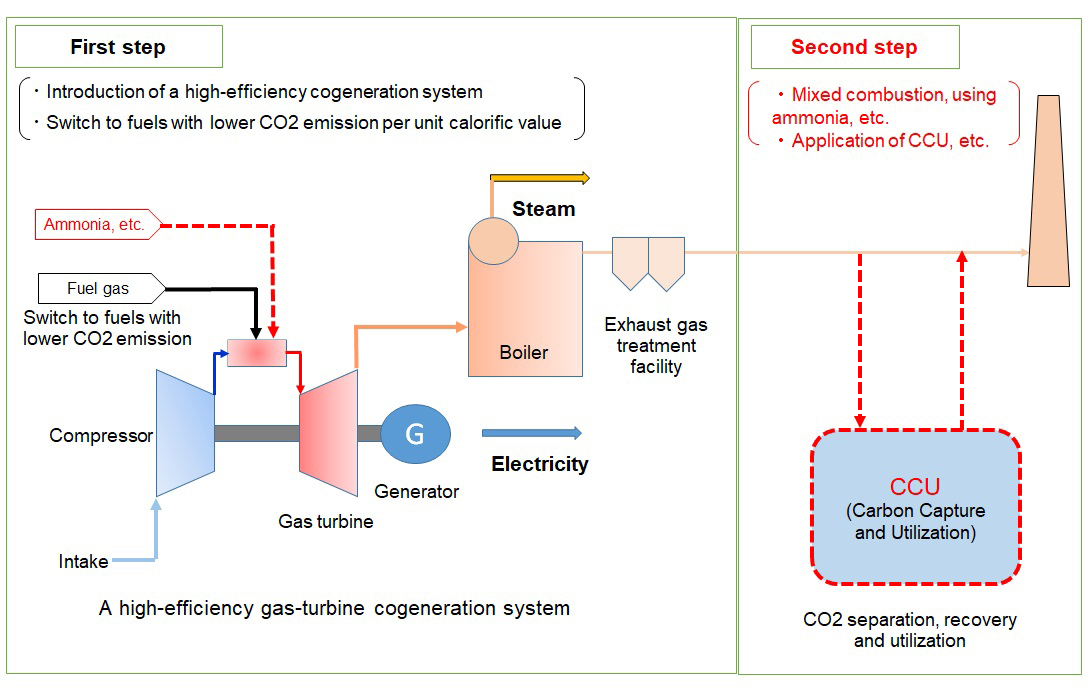Creating communication infrastructure to encourage behavioral changes at home
Toppan Printing CO., LTD.
Outline
Reduction of CO2 emissions from households is an important challenge to address for a decarbonized society. Although there is growth in photovoltaic generation and equipment/devices are becoming more sophisticated, increases in numbers of households and the size of electrical appliances mean that the volume of CO2 emissions from homes is increasing.
Toppan is aiming to create and expand a model for changing to low-carbon behaviors (service model and action model) that enables comfortable living and a low-carbon society. This model is based on living-related information, such as energy use in terms of procurement, equipment, and behavior in the home; equipment/devices owned; and the characteristics of the household.
Description
■ Targets
We are aiming to create communication infrastructure to encourage changes in behavior in the home, such as energy-saving and product selection, and to implement the scheme practically in 2025.
■ Challenges to overcome
1. Establishing infrastructure
1) Enhancing functionality based on a service for visualizing energy
・ Leverage service infrastructure from testing and power retail businesses
2) Implementing functions based on consumer services like equipment/device registration
・ Leverage infrastructure of electrical appliance and household equipment registration services
2. Developing effective methods and proving efficacy
Measures to reduce energy consumption by households include (1) reduction of volume used due to method of use; (2) reduction of volume used due to replacement of equipment/devices; and (3) energy generation and storage by households.
We intend to work on development of the following methods related to these:
1) Methods for changing behavior (1)
・ Develop algorithms using behavioral science, such as nudge theory
2) Recommendation services to influence device selection (2) + (3)
・ Create device databases
・ Develop algorithms for proposing equipment/device replacement or use of energy generating/storing equipment
3) Optimization of energy selection
・ Contract plan; energy saving/feed-in tariff power sources, etc.
3. Expanding number of businesses offering the service
• Aim to implement widely throughout society based on provision of a service that expands functions to the customer communication infrastructure of B-to-C service providers (potentially electrical power and gas companies, housing related business, and electrical appliance retailers, etc.)
Other Innovation Challenges
Development of low cost, high-durability MEA targeting the further expansion of fuel cell use
Toppan Printing CO., LTD.
Energy-saving using new innovative rechargeable batteries that enable fast charging
Toppan Printing CO., LTD.
Similar Innovation Challenges
Achieve 2050 decarbonization target with Net Zero Energy House!
Sekisui House, Ltd.
Achieving net-zero emissions by promoting renewable energy use through both our monozukuri and products.
DAIWA HOUSE INDUSTRY CO., LTD.








